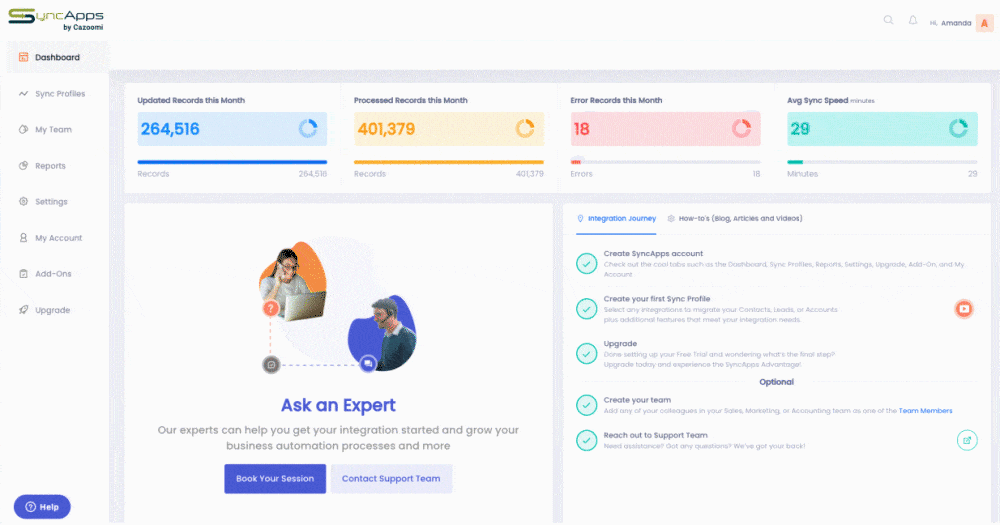
A guy in the US drives a European car, wears a T-shirt made in China, eats an avocado from Mexico, and enjoys a beer from Australia. It’s not a joke — it’s globalization.
We’re already accustomed to having access to goods and services from all over the world. Whether you like it or not, odds are it’s almost impossible to exclusively consume local things.
There’s been a lot of talk about the benefits and the pitfalls of globalization. Since we’re not politicians and we have nothing to gain by trying to influence you one way or the other, we’ll just state the obvious: globalization has changed all our lives.
And while the debates about imports and exports are almost always focused on goods and services, we’d like to draw your attention to something that we (sadly!) almost always ignore: the globalization of education.
Educational mobility is a fairly recent trend. Yes, people used to travel to attend the courses of a university or other since higher education was a thing. But there have never been so many people crossing continents to attend the school of their dreams.
You’d think universities would be busy rejecting applications by now. But the opposite is true. Universities all over the world strive to get their hands on the best of the best. And now they have a huge pool to select those students: the entire world.
However, they also have a lot of competition. Every university in the world wants the best students — both foreign and local. This means that their communication strategy is fundamentally different from what it used to be a mere 10 years ago.
Universities (and educational organizations in general) have to manage massive databases of:
As you can imagine, each of these segments has different interests and different needs. So they would need different information. Plus, each of these segments has quite a few sub-segments: students in various years/at various courses, potential students in various countries, and so on.
Not quite a picnic.
Can you imagine how long it would take to deal with these databases manually? Neither can we.
Let’s take a close look at how a SyncApps subscriber in the educational industry took their communication from good to great.
If you feel inspired by their story, don’t forget that we still offer a 50% discount for ALL nonprofit and educational organizations. Talk to our friendly colleagues to find out more about the plan that suits your needs.

Fordham University is based in New York and manages one of the most sought-after campuses in the US. They use Mailchimp for SugarCRM to sync hundreds of thousands of records each month.
Check out the features in our integration they use most often:
Sync specific Target List members to Mailchimp Group(s) or Tag(s).

Mapped specific SugarCRM fields to Mailchimp

See how Fordham University staffers seamlessly inform and connect, no matter where they are with their Teams using SyncApps Unlimited Team Member Features.
Why do Fordham University and other educational institutions use SyncApps for their sales, marketing, and communication needs? Let’s find out:
Featured highlights for Education:
Want to leverage these benefits and more? Sign up to use SyncApps completely free!